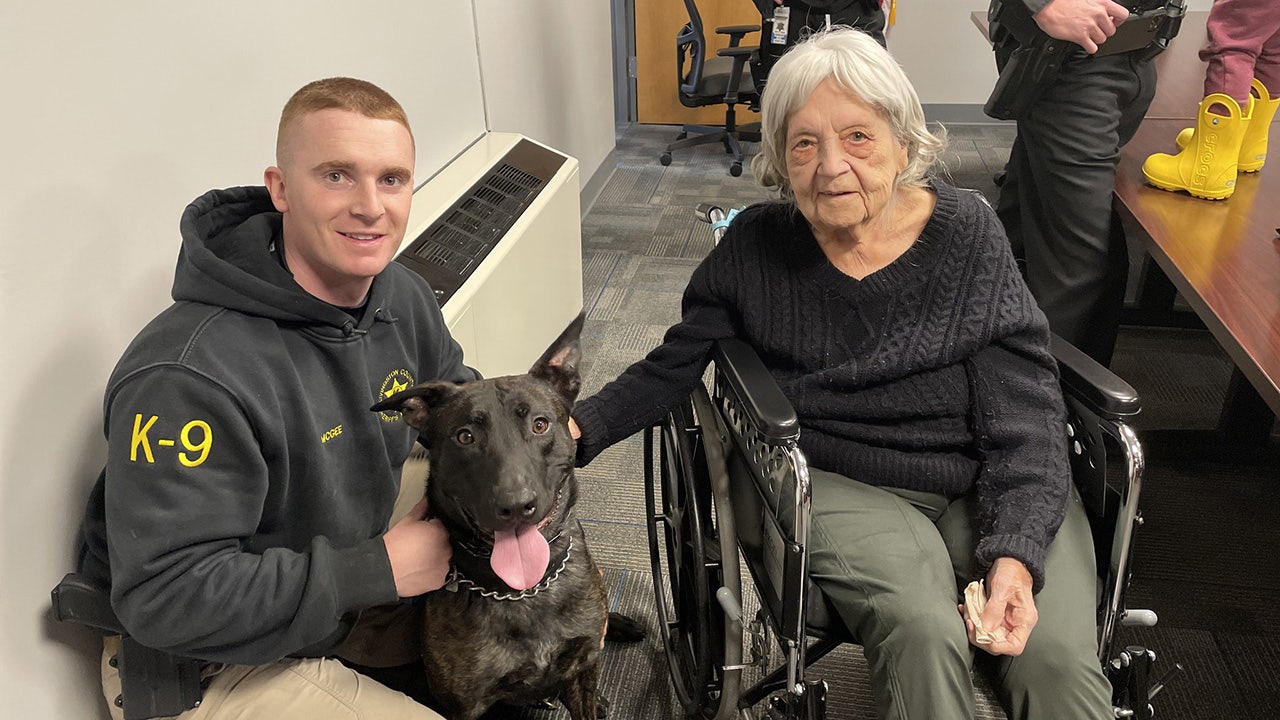The Centers for Disease Control and Prevention has confirmed a third U.S. bird flu hospitalization, Wyoming’s health department said Friday, after a woman was admitted to a healthcare facility in neighboring Colorado.
The patient was experiencing “flu-like symptoms” and had “health conditions that can make people more vulnerable to illness,” Wyoming’s health department said. She was likely exposed to the H5N1 virus through direct contact to an infected poultry flock at her home.
“Our staff has followed up with other people who had contact with the flock and the patient, and will continue working with state and national experts to monitor the situation carefully for Wyoming,” Dr. Alexia Harrist, Wyoming’s state health officer, said in a statement.
It is unclear how many people in Colorado may have been exposed to the bird flu case while traveling in the state. A spokesperson for Colorado’s health department did not immediately respond to a request for comment.
The patient was a resident of Wyoming’s Platte County, the state’s health department said. The Wyoming Livestock Board recently confirmed three backyard flocks infected by the virus, including in Platte County.
Those flocks were infected by B3.13, state veterinarian Hallie Hasel tells CBS News. It is unclear whether the human bird flu patient in Colorado was also infected by B3.13.
A spokesperson for the CDC, which usually studies and sequences worrying bird flu cases, did not immediately respond to a request for comment.
Health experts had thought that B3.13 strain might be less severe for people infected. That is different from the D1.1 strain that was behind a bird flu death in Louisiana last month and a hospitalization of a child in Canada last year.
The first U.S. bird flu hospitalization was reported in Missouri last year, sickened by B3.13, but health officials at the time said that person was likely hospitalized for other reasons and had incidentally tested positive for the virus.
The hospitalization comes just days after bird flu cases were also confirmed in people in Nevada and Ohio.
The Nevada patient was not hospitalized and only had mild symptoms, local health officials have said. Ohio’s health department has not commented on the status of their bird flu case, despite repeated requests.
Health and agriculture departments also announced Friday another raw pet food recall linked to spread of the virus to cats in Oregon, and a second spillover of the D1.1 virus from birds into cows in Arizona.
Before Friday’s case, there had been 68 human cases of bird flu confirmed by the CDC. Most have been linked to direct exposure to sick animals, though investigators have been unable to identify a source for three cases so far.
The uptick in bird flu cases comes amid an ongoing surge of seasonal influenza that is at record highs nationwide in emergency rooms and hospitals, above peaks seen during the 2009 swine flu pandemic.
Data from testing laboratories suggests it is the usual seasonal variants of the virus driving the surge, not human-to-human spread of a bird flu strain.
The CDC said Friday that those seasonal strains of the virus had driven influenza levels to some of the highest peaks in years, marking the first “high severity” season declared by the agency since 2017.







)




































